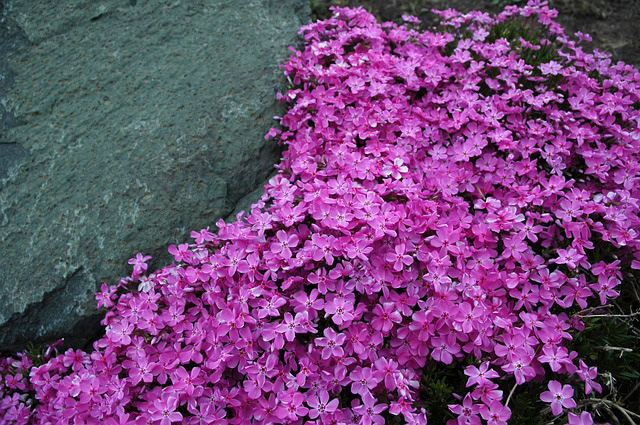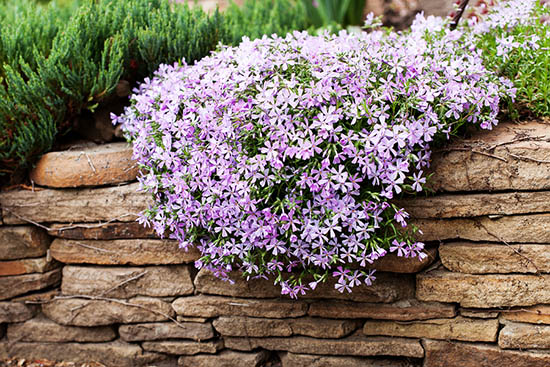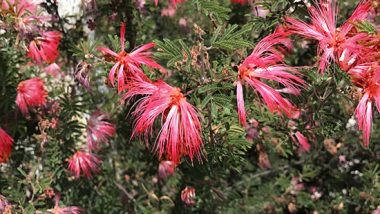Last updated on March 1st, 2025 at 07:26 am
Creeping Phlox Landscape. (Phlox subulata) is a stunning spring-blooming plant that works great as a low groundcover. Its dense, carpet-like growth spreads quickly, making it perfect for filling in small spaces and softening edges in your garden. The vibrant flowers, ranging from pink and purple to white, create a colorful blanket that attracts pollinators like bees and butterflies. It thrives in sunny areas and is ideal for rock gardens, slopes, or even between stepping stones. Plus, it’s hardy and easy to care for, requiring minimal maintenance once established.
It is a plant that blooms from about early spring until early or mid-summer. It will do well in full sun but the blooms will last longer if planted in morning sun and afternoon shade in and around the Southwest. A nice profusion of color during spring the colors come in white, lavender, bright pink and blue. It is considered an evergreen or semi-evergreen.

Where to plant Creeping Phlox
Plant them in mass and in rock gardens, walkways, and garden paths. Use them in containers they will grow up to 6″ in height and close to 2 ft. in length. They thrive in Xeriscape gardens providing they get ample water.
Since they grow short and wide they can be used as ground cover plants. It’s important to note that they will stop blooming in mid-summer due to the intense heat but will retain its green foliage.

Creeping Phlox in Cool Weather
Creeping phlox handles cold weather well, thanks to its origins in the Eastern and central United States. Its natural habitat includes areas with chilly winters, which has helped it adapt to freezing temperatures. This resilience makes it a popular choice for gardeners in cooler climates, providing vibrant ground cover even in harsher conditions. It will do well in the desert Southwest but might struggle in places where temperatures are consistently over 90 degrees Fahrenheit. Placing them where there is morning sun and afternoon shade and they will do better.

Problems with Phlox plants
Powdery mildew is the most common problem. Avoid overspray watering and do not plant in full shade. Use neem oil to remove powdery mildew from these plants. Sometimes you will need to do several applications for neem oil to remove this fungus. Learn how to use neem oil.
Fertilize about once or twice per month with a good all-purpose fertilizer to keep these plants looking green and healthy. Butterflies and hummingbirds love this plant.
Other plants that look similar: Lavender plants in the garden
Garden Phlox are a large family of plants you can read more over at Wikipedia.
Creeping Phlox Landscape
USDA zones 3-9

Greenhouse Manager, Master Gardener, and Webmaster.
If you have any questions or enjoyed this post, feel free to share your thoughts in the comments below.


